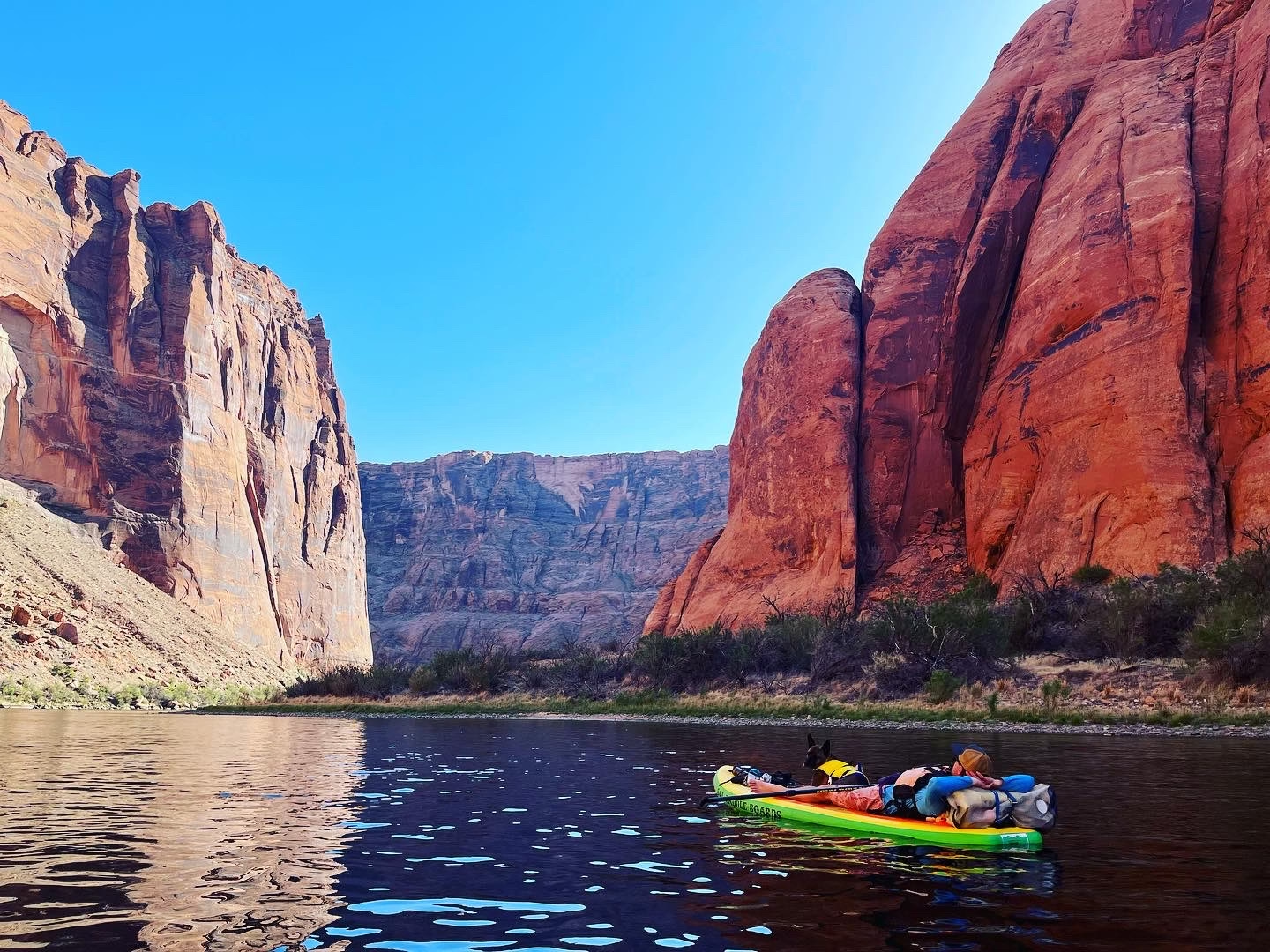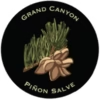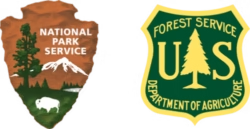Staying Safe in the Desert Heat: Grand Canyon Hiking & Backpacking Tips
Hiking and backpacking in the Grand Canyon is a life-changing experience, but the extreme desert heat—especially in the inner canyon—can turn a dream adventure into a dangerous situation if you’re unprepared. With temperatures often exceeding 100°F (38°C) in the summer, it’s critical to understand the risks and how to prevent heat-related illnesses, like heat exhaustion, heat stroke, and even hyponatremia.
This guide breaks down how to hike smart and stay safe in the desert heat, with specific strategies tailored to Grand Canyon adventures.
☀️ Understanding the Desert Danger: Why Grand Canyon Heat Is Different
The Grand Canyon acts like an oven. Temperatures increase rapidly as you descend — often 20°F (11°C) hotter at the river than on the rim. Factor in exposed trails, reflected heat from the rock, and limited shade, and you’ve got a recipe for dehydration and overheating.
Common Heat-Related Illnesses in the Canyon
1. Heat Exhaustion
-
Symptoms: Nausea, dizziness, fatigue, heavy sweating, headache.
-
Cause: Overheating + dehydration.
-
Action: Rest in shade, rehydrate, cool your body with water.
2. Heat Stroke (Medical Emergency)
-
Symptoms: Confusion, loss of consciousness, dry skin, rapid pulse.
-
Cause: Body temperature rising dangerously high.
-
Action: Seek emergency help immediately. Cool the person aggressively.
3. Hyponatremia (Low Sodium)
-
Symptoms: Bloating, confusion, vomiting, headaches, seizures in extreme cases.
-
Cause: Overhydration without salt replacement — common in endurance hikers.
-
Action: Avoid drinking excessive water without eating salty snacks or using electrolyte tablets.
Top 10 Tactics to Stay Safe While Hiking in the Heat
1. Start Early
Begin your hike well before sunrise. For inner canyon hikes, aim to be hiking by 4–6 am and resting by 10–11 am.
2. Follow the 3-to-1 Rule
Triple the time going up versus going down. Don’t let the downhill ease trick you—the climb out is brutal in the heat.
3. Take Long Breaks in Shade
During peak heat (10 am–4 pm), rest in full shade, ideally with feet elevated, and wet clothing to cool yourself.
4. Hydrate the Right Way
-
Sip small amounts frequently.
-
Use electrolytes like Liquid I.V., Nuun, or salt tabs.
-
Pair water with salty snacks (pretzels, trail mix, jerky).
5. Use a Cooling Strategy
-
Wet your hat, shirt, or bandana.
-
Dunk your arms or feet in any available water source.
-
Carry a small spray bottle for misting.
6. Dress Smart
-
Wear light-colored, loose-fitting, long-sleeve clothing.
-
Wide-brimmed hat & UPF clothing are essential.
-
Sunglasses and SPF lip balm protect sensitive areas.
7. Know the Warning Signs
If you or someone else is acting oddly, vomiting, or collapsing—don’t keep hiking. Find shade, call for help (if available), and cool down immediately.
8. Plan for Water Access
-
Use a hydration bladder with at least 3 liters.
-
Know where water is available (and treat it if needed).
-
Check NPS updates on water availability at trail rest houses.
9. Don’t Rely on Cell Service
Much of the Canyon has no signal. Carry a satellite communicator (like Garmin InReach or Zoleo) for emergencies.
10. Hike with a Guide or Buddy
If you’re new to the Canyon or desert hiking, consider hiking with a professional guide. Our team at The Desert Hiking Company specializes in helping guests hike smart, hike safe, and still have a blast doing it.
⛑️ Final Thought: Respect the Desert
Every year, visitors underestimate the heat and overestimate their ability. Even experienced hikers get into trouble. The key to a safe and enjoyable Grand Canyon experience is respect for the environment, education, and smart planning.
Want Help Planning a Safe Adventure?
The Desert Hiking Company offers guided hikes and backpacking trips that prioritize safety, fun, and self-awareness. Whether you’re doing a short day hike or a multi-day canyon journey, we help you stay safe, confident, and informed—every step of the way.







